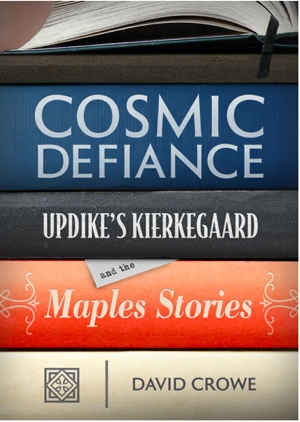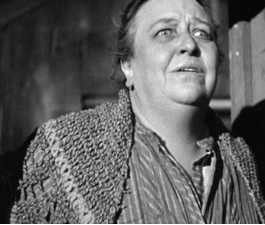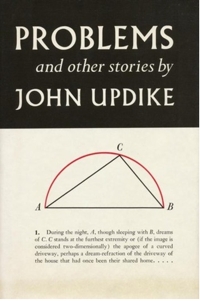Although The Writer’s Almanac featured a poem by Tom Hennen yesterday, unabashed Updike fan Garrison Keillor still remembered the author’s birthday with a nice long biographical summary, lest anyone forget:
“It’s the birthday of writer John Updike (books by this author), born in Reading, Pennsylvania (1932). His father was a high school teacher, and his mother aspired to be a writer; Updike said: ‘One of my earliest memories is of seeing her at her desk. I admired the writer’s equipment, the typewriter eraser, the boxes of clean paper. And I remember the brown envelopes that stories would go off in — and come back in.’ As a boy, Updike wanted to be a cartoonist, not a writer. He cut out comic strips and sent fan letters to cartoonists, drew caricatures of classmates, made posters, and tried to draw cartoons like the ones he saw in his family’s copy of The New Yorker. As a teenager, he sent his cartoons to major magazines, including The New Yorker, and although he didn’t publish any there, he did earn five dollars selling a cartoon to a dairy journal. He went to Harvard, where he joined the staff of The Harvard Lampoon as a cartoonist, but ended up writing too. By graduation, he was fairly certain that he would become a writer instead of an artist. He said of writing: ‘It took fewer ideas, and I seemed to be better at it. There is less danger of smearing the ink.’
“Despite his intentions to become a writer, he got an art scholarship to study at Oxford. He was newly married, and he and his wife moved to England, where their first daughter was born. While he was at Oxford, he met E.B. and Katherine White, who were vacationing in England. They convinced him to apply for a job at The New Yorker, so after his time at Oxford, he moved to Manhattan to work as a staff writer for the magazine, writing the ‘Talk of the Town’ column. He was not a big fan of life in the city — he said, ‘The place proved to be other than the Fred Astaire movies had led me to expect.’ Two years later, the Updikes had a second child and decided to leave New York and move toIpswich, Massachusetts. Updike had just turned 25 years old.
“Soon after his move, he published his first books: a book of poems, The Carpentered Hen (1958); a novel, The Poorhouse Fair (1959); and a book of short stories, The Same Door (1959). Another son was born in 1959, and a daughter 19 months later. Despite the success of those early years — in 1960 he published Rabbit, Run, the first of his great books featuring Rabbit Angstrom — he underwent a spiritual crisis. He said, ‘These remembered gray moments, in which my spirit could scarcely breathe, are scattered over a period of years; to give myself brightness and air I read Karl Barth and fell in love with other men’s wives.’
“After the birth of his third child, he had rented an office above a restaurant in Ipswich, and spent several hours each morning writing there. Throughout his 50-year career, he remained devoted to that schedule, writing about three pages every morning after breakfast, sometimes more if things were going well. He said: ‘Back when I started, our best writers spent long periods brooding in silence. Then they’d publish a big book and go quiet again for another five years. I decided to run a different kind of shop.’ He wanted to publish about one book a year, and took Sundays off for church, although later in his career he sometimes worked on Sundays too. In 2008, he said, ‘I’ve become a beast of the written word, a monster of a kind, in that it’s all I can do.’
“Updike published more than 60 books in his lifetime, including 28 novels. His books include Couples (1968), Rabbit is Rich (1981), The Witches of Eastwick (1984), and The Complete Henry Bech (2001).
“He said: ‘At the point where you get your writerly vocation you diminish your receptivity to experience. Being able to write becomes a kind of shield, a way of hiding, a way of too instantly transforming pain into honey.'”








